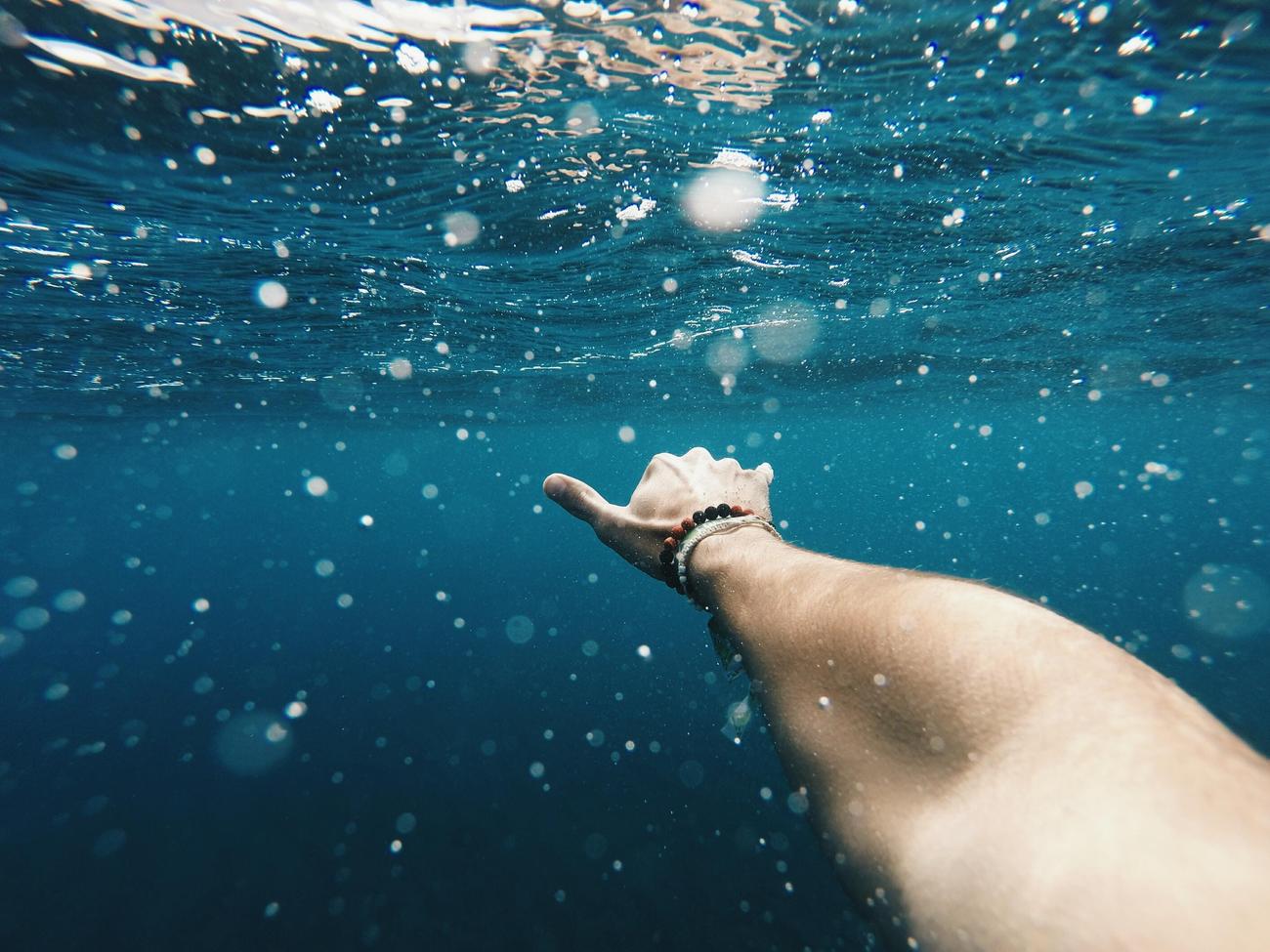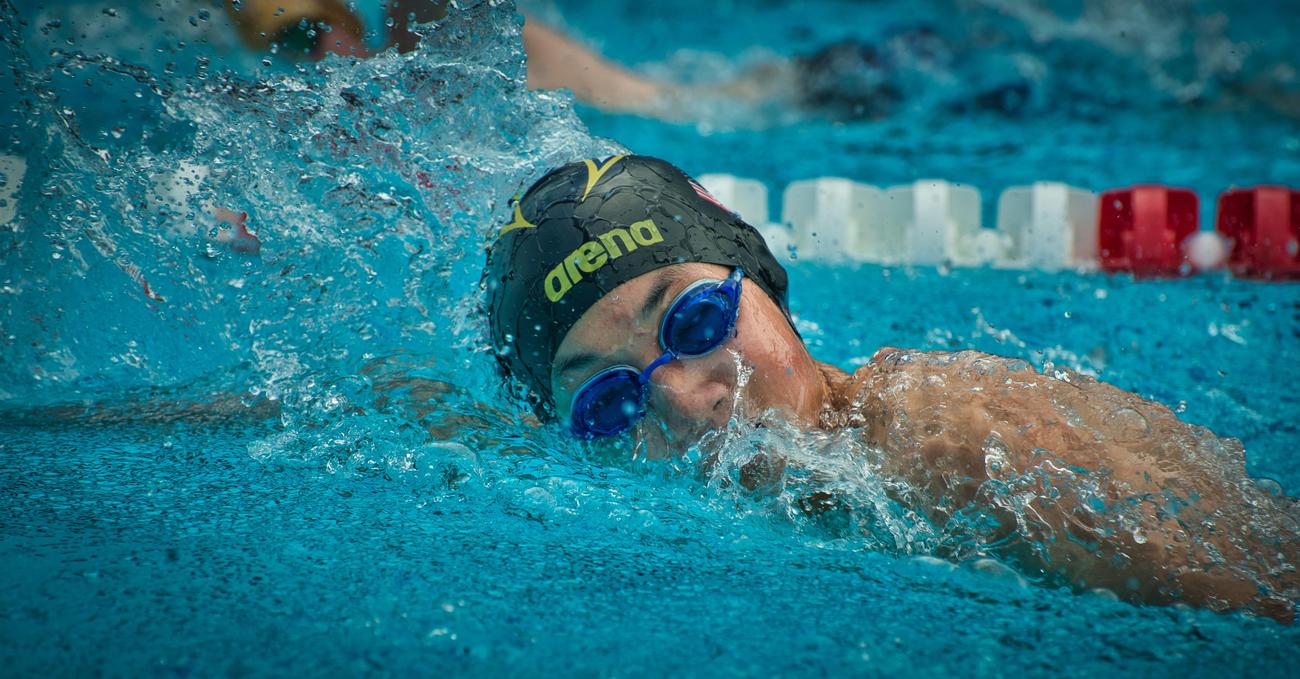If you’re an avid fan of competitive sports, particularly swimming, get ready to dive into a world of captivating surprises. In this article, we’ll unveil a series of fascinating insights that will leave you in awe. Brace yourself for a thrilling journey filled with interesting facts about competitive swimming, as we uncover hidden gems and unveil the untold stories behind this incredible sport.

Interesting Facts About Competitive Swimming
Competitive swimming is not just about diving into a pool and racing against the clock. Behind the scenes, there are fascinating facts and intriguing details that contribute to the world of this thrilling sport. If you’re curious to dive in and unveil some surprising facts about competitive swimming, you’ve come to the right place!
Competitive swimmers endure immense distances to build stamina and endurance. These athletes push their limits by swimming an astonishing 6-12 miles a day. This rigorous training regimen helps them develop the strength and stamina required to excel in their races and overcome the challenges they face in the water.
An Olympic pool can hold up to a staggering 850,000 gallons of water. Picture yourself standing on the edge of a pool filled with this enormous volume of water. It’s mind-boggling! Olympic swimming pools are designed to meet precise standards, providing a vast expanse for swimmers to showcase their skills and compete for glory.
“Competitive swimmers go the distance, both in terms of miles swam and gallons of water they take on in every race.”
History has witnessed incredible milestones in competitive swimming. In 1926, Gertrude Ederle became the first woman to conquer the English Channel. Her remarkable achievement broke gender barriers and inspired countless swimmers around the world. Fast forward to 1972, and we witness Mark Spitz setting a phenomenal record of winning 7 gold medals in a single Olympic Games. These achievements stand as testaments to the determination and talent of extraordinary individuals.
Four strokes, each with its unique style, define the world of competitive swimming. Athletes can choose from the front crawl, backstroke, breaststroke, and butterfly. Each stroke demands a different set of skills and techniques, creating a captivating blend of strength, elegance, and grace in the water. Whether it’s the powerful sprint of the butterfly or the fluid rhythm of the breaststroke, each stroke brings its own excitement to the pool.
Competitive swimming allows athletes to showcase their skills both individually and as part of a team. Swimmers can compete as individuals in various races, aiming for personal bests and records. Additionally, they can join forces with their teammates to compete as a team, cultivating a sense of camaraderie and collective pursuit of victory. The collaborative spirit adds another layer of excitement to the sport.
Swimming pools for competitions come in two different lengths: 25 or 50 meters. These regulation-length pools provide a standardized platform for swimmers to showcase their speed and technique. Picture a pool stretching for 50 meters—a vast expanse where athletes strive to leave their mark and etch their names in swimming history.
The journey of competitive swimmers often starts at a young age. These extraordinary athletes begin their training early, honing their skills and perfecting their techniques over time. Starting young allows them to build a strong foundation and develop a deep understanding of the sport’s nuances. It’s no surprise that early training often plays a pivotal role in the success of competitive swimmers.
“Competitive swimming is more than a sport; it’s a way of life that starts at a young age and builds the foundation for future triumphs.”
The ultimate goal in competitive swimming is to minimize resistance and achieve maximum speed. Swimmers strive to effortlessly glide through the water, minimizing any drag that may slow them down. Every movement, every stroke, is meticulously crafted to achieve the perfect balance between power, speed, and fluidity. It’s a symphony of motion that captivates both the swimmers and the spectators.
Now that you’ve unveiled some fascinating insights into the world of competitive swimming, you might be hungry for more knowledge. For additional information and resources, you can explore websites like swimjim.com, rookieroad.com, and wikipedia.org. Dive into the captivating realm of competitive swimming, and let these facts open your eyes to the remarkable achievements and enduring spirit of these extraordinary athletes.
“Competitive swimming unlocks a world of jaw-dropping facts and awe-inspiring achievements that push the boundaries of human potential in the water.”
Looking to learn some fun facts about competitive swimming? Dive into the fascinating world of this exhilarating sport by checking out our list of Fun Facts About Competitive Swimming. From the history of swimming to the fastest recorded times, this collection of trivia will quench your thirst for knowledge and leave you with a newfound appreciation for the athleticism and dedication required in this high-speed sport. So, what are you waiting for? Click here to explore Fun Facts About Competitive Swimming and discover the hidden gems of this beloved aquatic pursuit.
FAQ
Question 1
How much distance do competitive swimmers typically swim in a day?
Answer 1
Competitive swimmers typically swim 6-12 miles a day to build stamina and endurance.
Question 2
What is the capacity of an Olympic pool?
Answer 2
An Olympic pool has the capacity to hold up to 850,000 gallons of water.
Question 3
Who was the first woman to successfully swim the English Channel?
Answer 3
Gertrude Ederle was the first woman to successfully swim the English Channel in 1926.
Question 4
Who set the record for winning the most gold medals in a single Olympic Games?
Answer 4
Mark Spitz set a record for winning the most gold medals in a single Olympic Games by winning 7 gold medals in 1972.
Question 5
What are the four different strokes that competitive swimmers can choose to compete in?
Answer 5
The four different strokes that athletes can choose to compete in are front crawl, backstroke, breaststroke, and butterfly.
- Unveiling the Enigma: Mansoureh Khojasteh Bagherzadeh’s Public Appearances & Private Life in Iran - July 18, 2025
- Unveiling the Mystery: Mansoureh Khojasteh Bagherzadeh’s Husband: A Rare Glimpse into a Private Life - July 18, 2025
- Unveiling Masoud Khamenei’s Mother: Power, Influence, and Iran’s Future - July 18, 2025
















